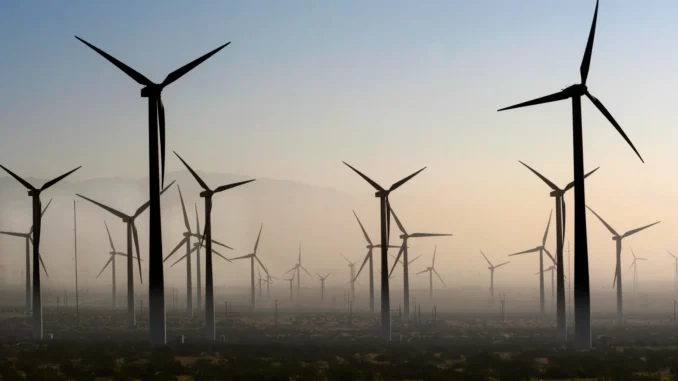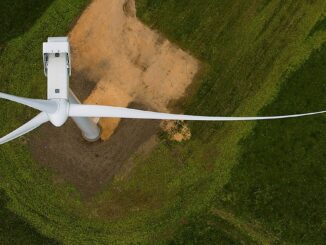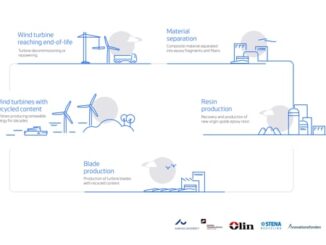
The wind power giant, Siemens Energy, saw its stock crash 37% following a profit warning due to difficulties within its wind turbine division. These types of problems are not isolated to Siemens. Vestas, the world’s largest maker of wind turbines, has been wrestling with similar problems, facing a profit margin that recently dipped below 5%. These challenges raise concerns about whether industry turbulence is a symptom of natural growing pains or if estimates for wind power growth need to be recalibrated. In the near term, it may be both.
The pace of the renewable energy sector’s growth over the past decade, with capacity more than quadrupling, poses unprecedented manufacturing challenges. To meet demand, companies are trying new materials, manufacturing approaches, and commercial structures. Trying new things will naturally result in some negative surprises. When the automobile was being refined, more than 1,000 companies were trying different approaches. Three decades later, there were three. Company-specific problems did not impact the growth of the automobile for society, and the mistakes made resulted in a more useful product.
Rapid acceleration brings complex problems, and these are beginning to surface in the form of wind turbine failures, economic struggles, and operational inefficiencies. These are natural for such rapid growth. The potentially more dangerous dynamic right now is some renewable champions refuse to acknowledge the recent problems with the development of wind energy. Something rarely improves by ignoring it. Understanding and acknowledging problems to improve is always beneficial to progress.
Vestas, specifically, is facing the challenges of managing outdated offshore wind turbines. Their shares have been on a downward trajectory for months, with analysts warning of profit margins possibly plunging to zero. If maintenance for an industry/asset has been greatly underestimated, and that asset is in a very inaccessible spot, those problems will compound. These data points probably help the industry reframe more development estimates towards onshore vs. offshore. Hopefully, that will occur.
Siemens Energy’s problems were first brought to light in February when the company reported an increase in failure rates of certain components, leading to inflated warranty and service maintenance costs. The situation deteriorated further last week when Siemens reported a “substantial increase in failure rates of wind turbine components,” leading the company to withdraw profit estimates.
Despite the problems, Siemens’ order book reflects the continued momentum within the wind energy industry, with over $10 billion in orders. This provides lots of opportunities to improve on the data received to date. GE is also exploring ways to address these issues, focusing on creating more reliable products, reducing manufacturing complexities, and employing AI-enhanced inspections and preventive maintenance. They’re counting on these measures to make their renewable energy business profitable. Some of the global challenges, such as semiconductor shortages, are also retreating. As the skilled labor force of the industry gets more experience, the processes at all stages will also improve.
The wind power issues to date, coming to a head, will likely be ironed out with time. If industry champions ignore them it is unlikely to improve. The options now are to acknowledge flaws and areas of improvement or gloss over them with subsidies and rhetoric. Economic incentives, shining a light on things that aren’t working, have always been the best driver of rapid improvement. The wind industry should come out stronger now that the above companies, and stakeholders, are more focused on the long-term economic success of the sub-sector.



